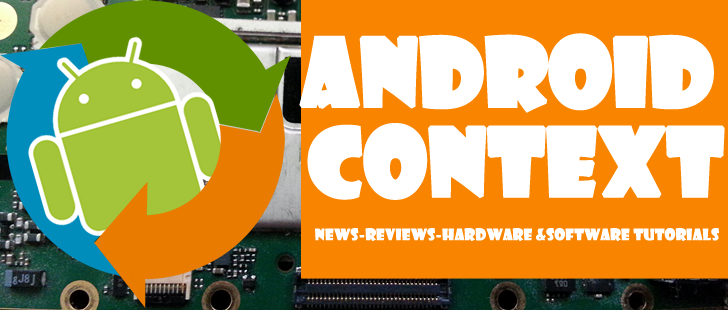The rise of Android tablets
![Android tablets - By Kelson (Own work) [CC-BY-SA-3.0], via Wikimedia Commons](https://www.androidcontext.com/wp-content/uploads/2013/10/Kiwix_on_Android-1.jpg)
By Kelson (Own work) [CC-BY-SA-3.0], via Wikimedia Commons
What puts Android tablets miles ahead of PCs is also the fact that:
1. Tablets are much more energy efficient than PCs.
Solid state memory and drives make tablets more energy efficient than most traditional PCs.
2. Tablets are in most cases much cheaper than PCs for the same specifications
It should be noted, however, that a tablet with the same clock speed as a PC processor may not perform as well as the PC due to issues such as cooling and scaled down processing in mobile CPUs.
3. Tablets are extremely portable
With the addition of a keyboard, a good monitor, and other peripherals found on PCs, they can function in much the same way as PCs when ‘docked’. The 10 inch Android tablets are particularly useful as PC replacements
4. Android apps for tablets tend to be cheaper than similar apps for PCs
Although the choice of apps is not yet as vast as that available for PCs, some high quality apps for Android tablets can be found at a cost that is much lower than that of comparable PC apps.
According to reliable statistics from AppBrain, there were 876 069 apps on Google Play as of October 27, 2013. I think businesses that want to employ a cost effective IT strategy should seriously consider investing in the Android tablet market and ditching PCs.
That being said, there are still a few minimal limitations associated with Android tablets (and tablets in general):
1. Inadequate high quality productivity software
Microsoft Windows still has the lion’s share of the productivity software market. Until the Microsoft Office suite, Adobe Creative Suite, the AutoDesk design and engineering software, and other software productivity software with a tight grip on the software market are made available for the Android OS, it may take a while for the Android tablet to take over. Although Google Docs is making inroads, it is not yet a challenge for Microsoft Office.
2. Keeping them as fixed assets in a business environment
It is much more difficult to keep portable devices as fixed assets in a company. As a result of their portable nature, keeping tablets physically secure as well as implementing data security measures on them may pose a challenge for businesses which could incur a cost overhead when implementing a customised data security policy.
Google claims that there are 70 million Android tablet activations as of July 2013 – a jump of 30 million from the figure of 40 million at the end of 2012. An extrapolation of the Android tablet activations into the future together with the windows PC and tablet activations (windows 8 – 100 million licences since October 2012) to see when the two will be head-to-head and at what point the Android tablet market will likely overtake the PC/Windows market reveals that Android tablet use will supersede Windows 8/8.1 use at least by the first quarter of of next year.






